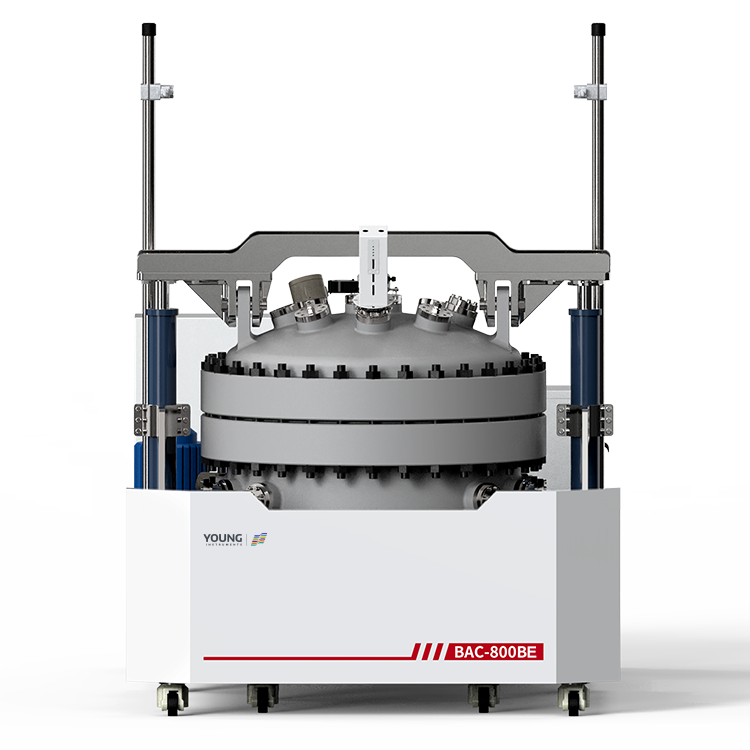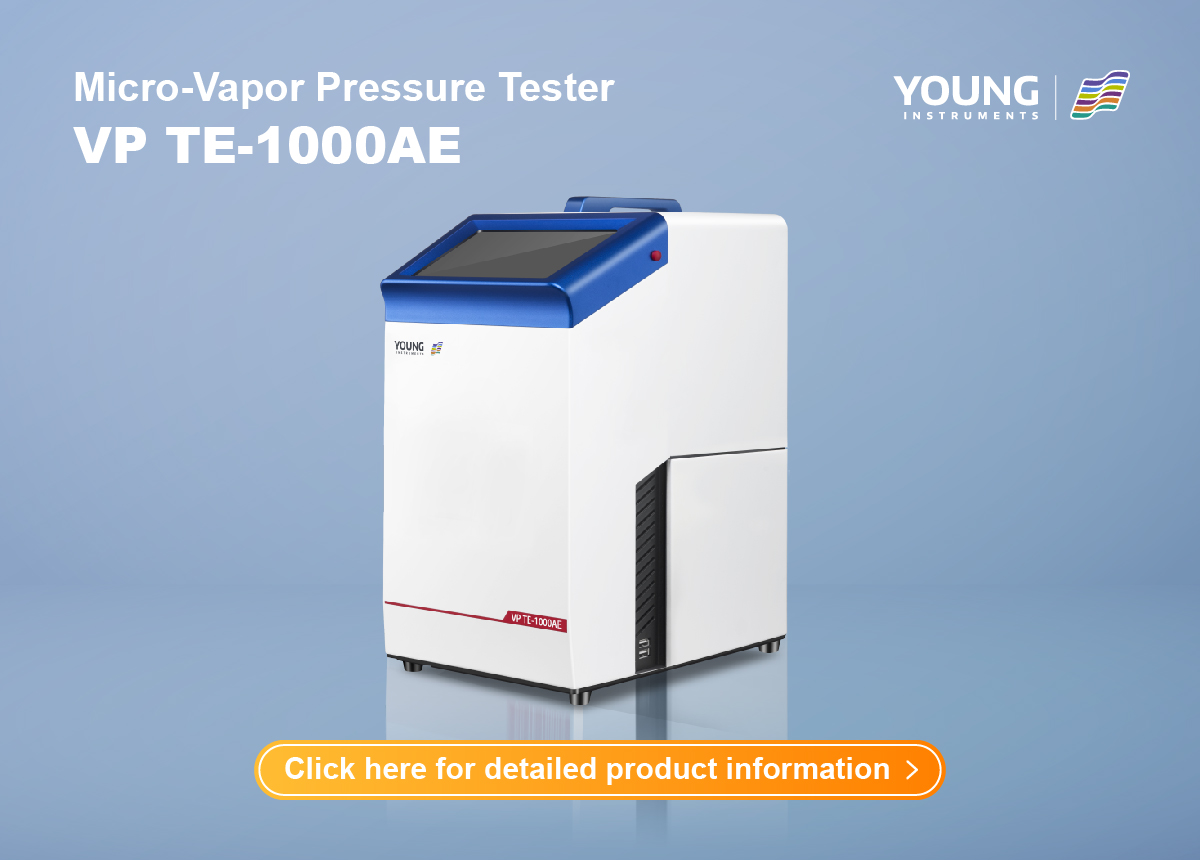Automatic Vapor Pressure Tester: A Comprehensive Guide
If you work in the petroleum industry, you know that vapor pressure is an important parameter to measure. Vapor pressure is the measure of the tendency of a liquid to evaporate. It is an important property of fuels, solvents, and other chemicals. To measure the vapor pressure of a sample, you need an Automatic Vapor Pressure Tester.
An Automatic Vapor Pressure Tester is a device that measures the vapor pressure of a liquid. It works by heating a sample of the liquid in a sealed vessel and measuring the pressure inside the vessel. The pressure inside the vessel is directly related to the vapor pressure of the liquid. Automatic Vapor Pressure Testers are widely used in the petroleum industry to measure the vapor pressure of gasoline, diesel, and other fuels. They are also used in the chemical industry to measure the vapor pressure of solvents and other chemicals.
Principles of Vapor Pressure Testing
When it comes to determining the vapor pressure of a liquid, there are two main methods: the Reid method and the dynamic method.
Reid Method
The Reid method, also known as the Reid vapor pressure (RVP) test, is a widely used method for measuring the vapor pressure of gasoline. This method involves heating a sample of the liquid to a specific temperature and then applying a vacuum to it. The pressure at which the first bubble of vapor appears is recorded as the RVP of the liquid. The RVP is an important parameter in the formulation of gasoline and is used to ensure that the gasoline is safe to use in different environmental conditions.
Dynamic Method
The dynamic method, also known as the ASTM D5191 method, is another commonly used method for measuring the vapor pressure of liquids. This method involves heating a sample of the liquid to a specific temperature and then introducing it into a sealed chamber. The pressure inside the chamber is then measured as the temperature is slowly increased. The point at which the pressure inside the chamber reaches a specific value is recorded as the vapor pressure of the liquid.
One advantage of the dynamic method is that it can be used to measure the vapor pressure of a wide range of liquids, including those that are highly viscous or contain sediments. Another advantage is that it can be used to determine the vapor pressure of liquids at different temperatures, which is important for understanding how the liquid will behave under different environmental conditions.
In summary, vapor pressure testing is an important tool for understanding the behavior of liquids under different environmental conditions. Whether you use the Reid method or the dynamic method, it is important to follow the proper procedures and use accurate equipment to ensure that your results are reliable and accurate.
Components of an Automatic Vapor Pressure Tester
An automatic vapor pressure tester is a specialized instrument used to determine the vapor pressure of liquids, particularly petroleum products and related compounds. The instrument is composed of several components that work together to provide accurate and reliable results. In this section, we will discuss the three main components of an automatic vapor pressure tester: the pressure sensor, temperature control, and sample chamber.
Pressure Sensor
The pressure sensor is a critical component of the automatic vapor pressure tester. It measures the pressure of the vapor in the sample chamber and converts it into an electrical signal that can be read by the instrument’s electronics. The pressure sensor must be accurate and sensitive enough to detect small changes in pressure, as even minor variations can affect the accuracy of the results.
Temperature Control
Temperature control is another essential component of the automatic vapor pressure tester. The temperature of the sample chamber must be precisely controlled to ensure that the vapor pressure measurement is accurate. The instrument typically uses a heating element to raise the temperature of the sample chamber to a specific level and a cooling system to maintain the temperature at a constant level.
Sample Chamber
The sample chamber is where the liquid sample is placed for testing. The chamber is typically made of stainless steel or other materials that can withstand high pressure and temperature. The sample chamber is designed to hold a specific volume of liquid, and the pressure sensor and temperature control systems are integrated into the chamber to provide accurate and reliable measurements.
In summary, an automatic vapor pressure tester is composed of several critical components, including the pressure sensor, temperature control, and sample chamber. These components work together to provide accurate and reliable measurements of the vapor pressure of liquids, particularly petroleum products and related compounds.
Operation and Calibration
Test Procedure
To operate an Automatic Vapor Pressure Tester, you need to follow a few simple steps. First, fill the sample chamber with the sample to be tested. Then, select the appropriate test method and parameters on the instrument. Next, start the test and wait for the instrument to complete the test and display the results. Finally, record the test results and clean the sample chamber before the next test.
It is important to follow the manufacturer’s instructions for each specific instrument to ensure accurate and reliable test results. Additionally, it is recommended to perform regular calibration checks to ensure the instrument is functioning properly.
Calibration Process
Calibration is a critical process to ensure the accuracy and reliability of an Automatic Vapor Pressure Tester. The calibration process involves comparing the instrument’s measurements to a known standard and adjusting the instrument as necessary.
To calibrate an Automatic Vapor Pressure Tester, you need to follow the manufacturer’s instructions for the specific instrument. Typically, the calibration process involves filling the sample chamber with a known standard and comparing the instrument’s measurements to the expected value. If the instrument’s measurements are not within the acceptable range, adjustments are made to the instrument until it is calibrated correctly.
It is recommended to perform regular calibration checks, typically once per month, to ensure the instrument is functioning properly. Additionally, it is important to keep a record of all calibration checks and adjustments made to the instrument.
Maintenance and Troubleshooting
Regular maintenance is essential to keep your Automatic Vapor Pressure Tester functioning properly. Here are some routine maintenance tasks you should perform:
- Clean the instrument regularly to remove any dirt or debris that may have accumulated on the surface. Use a soft cloth or a brush to clean the exterior of the instrument.
- Check the instrument’s calibration regularly to ensure accurate readings. Follow the manufacturer’s instructions for calibration.
- Inspect the instrument’s parts and accessories for signs of wear and tear. Replace any damaged parts or accessories immediately.
- Keep the instrument in a dry and clean environment to prevent damage from moisture or dust.

Applications and Standards
Petroleum Industry
In the petroleum industry, Automatic Vapor Pressure Testers are used to measure the vapor pressure of crude oil, gasoline, and other volatile petroleum products. This measurement is critical for ensuring the safety of these products during transportation and storage. High vapor pressure can cause explosions or fires, while low vapor pressure can lead to engine problems and reduced performance.
Automatic Vapor Pressure Testers can also be used to determine the Reid Vapor Pressure (RVP) of gasoline, which is a measure of its volatility. The RVP is an important parameter for gasoline quality control and is regulated by government agencies.
Environmental Compliance
Automatic Vapor Pressure Testers are also used in environmental compliance testing. They are used to measure the vapor pressure of volatile organic compounds (VOCs) emitted from various sources such as industrial processes, consumer products, and transportation.
The Environmental Protection Agency (EPA) has established regulations for the control of VOC emissions, and Automatic Vapor Pressure Testers are used to ensure compliance with these regulations.
In addition, Automatic Vapor Pressure Testers can be used to determine the vapor pressure of gasoline and other fuels used in vehicles. The EPA has established regulations for the RVP of gasoline sold during the summer months to reduce emissions of volatile organic compounds and improve air quality.
Overall, Automatic Vapor Pressure Testers play an important role in ensuring the safety of petroleum products and compliance with environmental regulations.




































